Lawn, Garden & Beyond
Your go-to destination for expert advice, seasonal tips, and everything you need to know about creating and maintaining a beautiful outdoor space. Whether you're a seasoned lawn enthusiast or just starting your garden journey, our blog is packed with practical guidance, product insights, and helpful how-tos to keep your lawn and hard surfaces looking their best all year-round.
From tailored lawn treatments and pest prevention to patio care and driveway maintenance, we cover all aspects of garden and grounds care. Stay updated with the latest from GreenThumb, discover customer success stories, and find inspiration to transform your outdoor space into something truly special.
Lawn Advice
View all Lawn Advice postsLooking for expert tips to keep your lawn healthy and green? Our lawn advice blog covers everything from watering and mowing to tackling weeds, pests, and diseases. With the right care, you can achieve a lush, vibrant lawn all year round. Stay informed with our expert insights and make the most of your outdoor space.

Get your lawn ready for Summer
Author: Jade Ivory
Published: 21/05/2025
Read time: 4 mins

Pets on your lawn
Author: Jade Ivory
Published: 23/04/2024
Read time: 7 mins

Lawn tips in dry weather
Author: Jade Ivory
Published: 23/07/2025
Read time: 4 mins
Lawn Treatments
View all Lawn Treatments postsDiscover everything you need to know about keeping your lawn in peak condition with our expert lawn treatment advice. From seasonal fertiliser applications and weed control to tackling pests and improving soil health, this category covers the essential treatments that help your lawn stay green, healthy, and resilient all year round.

Top Dressing & Overseeding: How to Revive and Strengthen Your Lawn
Author: Alasdair Boyes
Published: 03/09/2024
Read time: 5 mins
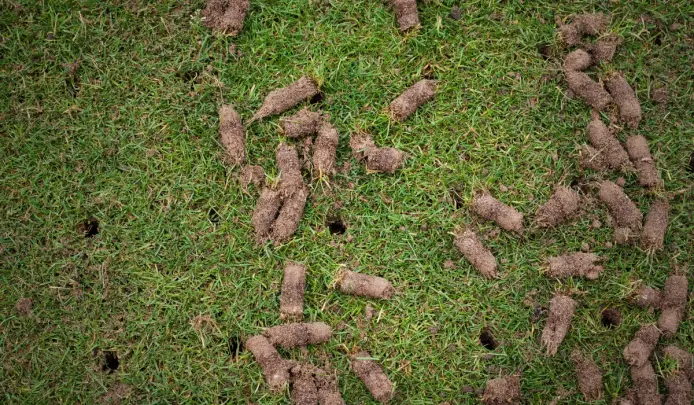
Hollow Tine v Fracture Tine - Lawn Aeration
Author: Leanne Lewis
Published: 31/10/2024
Read time: 3 mins
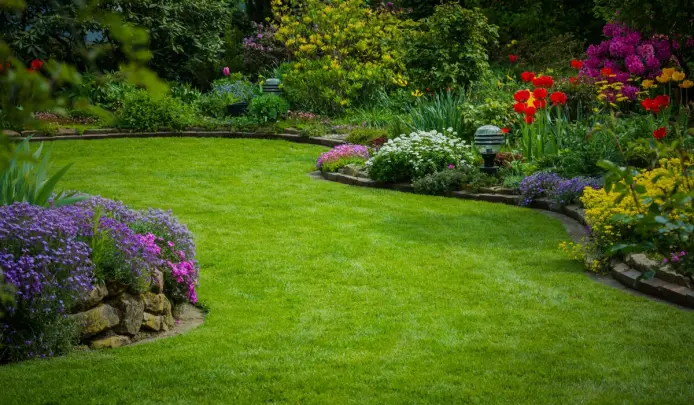
Oasis: The Future of Lawn Care
Author: Steven Taylor
Published: 24/04/2025
Read time: 2 mins
Lawn Issues
View all Lawn Issues postsThis collection of blogs covers a range of common lawn problems and provides expert solutions for maintaining a healthy, vibrant yard. From pest control to soil care, each post offers practical advice to help you tackle lawn challenges and achieve lasting results.
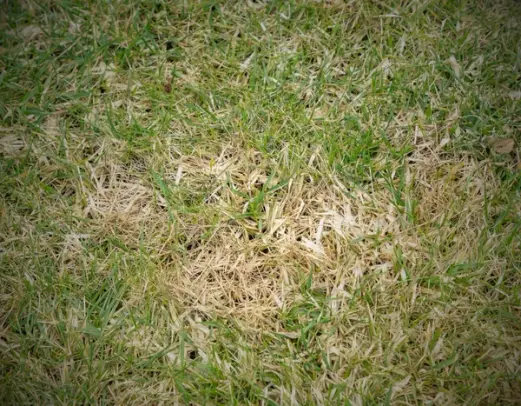
Why Lawns Turn Yellow: Common Causes
Author: Leanne Lewis
Published: 17/04/2024
Read time: 7 mins
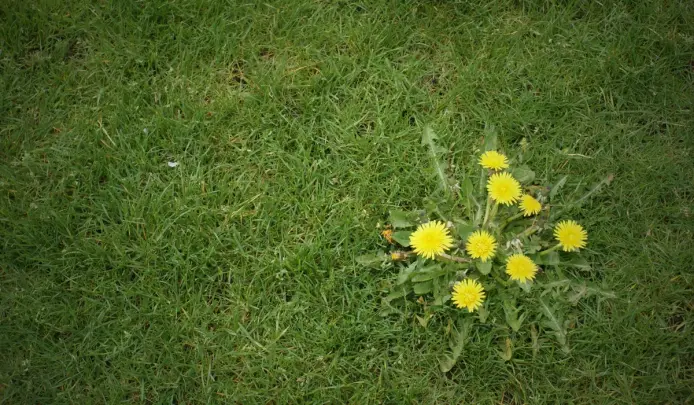
Understanding Common Lawn Weeds: A Complete Guide
Author: Steven Taylor
Published: 27/05/2025
Read time: 4 mins

Uninvited Guests: Dealing with Ants and Worms on Your Lawn
Author: Steven Taylor
Published: 24/07/2025
Read time: 6 mins
Other
View all Other postsExplore a variety of helpful tips, updates, and insights that fall outside the usual lawn care categories. From company news and customer initiatives to indoor gardening inspiration and seasonal advice, this section brings together everything else that supports your journey to a beautiful garden and a better outdoor space.

Create your own sports day
Author: Jade Ivory
Published: 07/05/2024
Read time: 4 mins
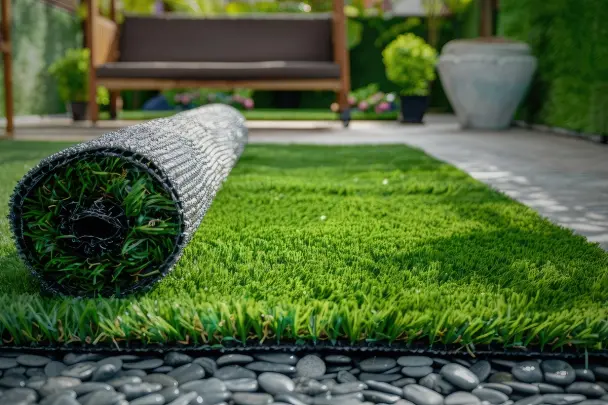
Artificial Grass vs Natural Grass
Author: Jade Ivory
Published: 15/03/2023
Read time: 5 mins
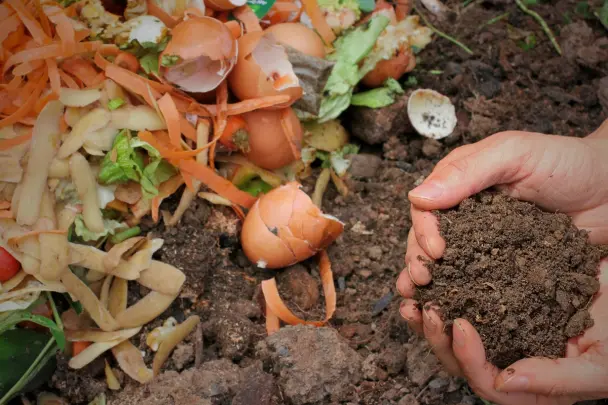
How to be more sustainable in your garden
Author: Jade Ivory
Published: 07/05/2024
Read time: 6 mins